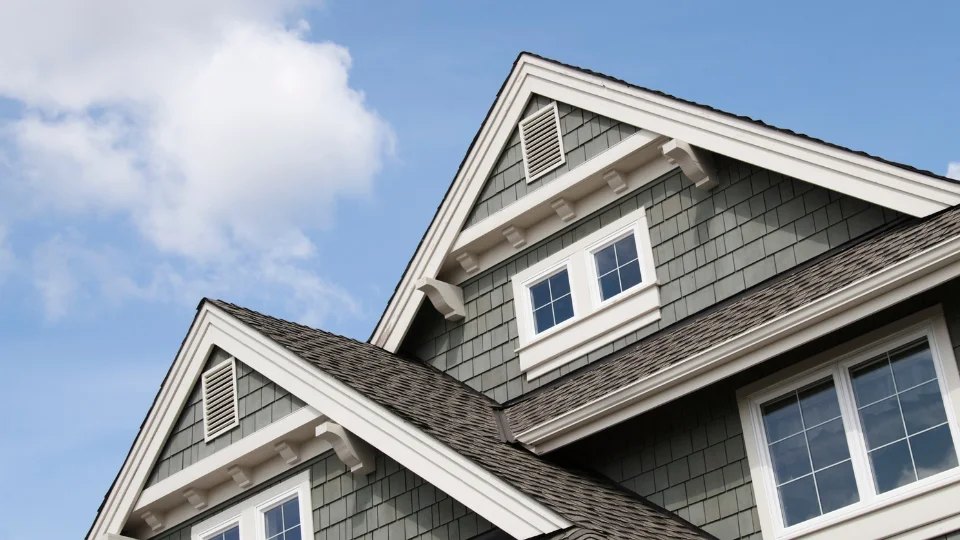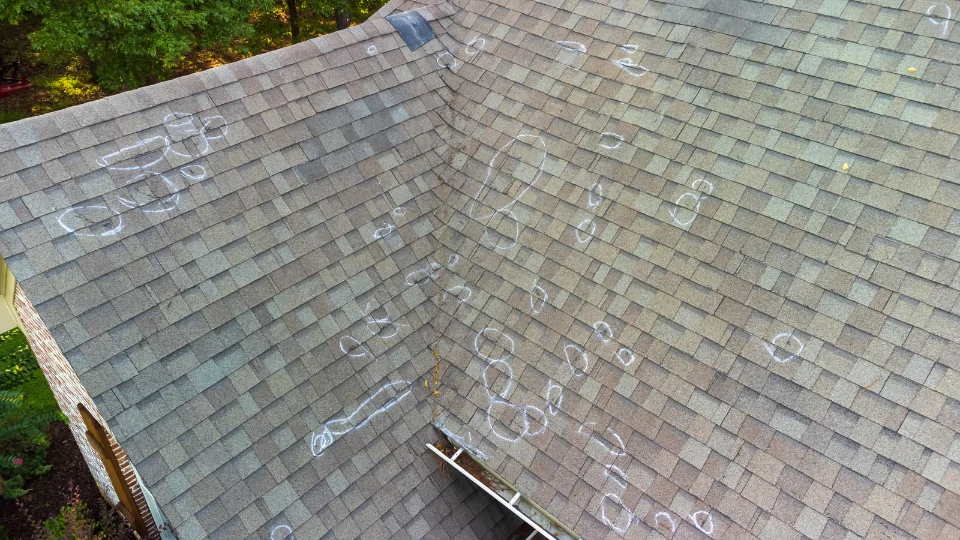Your roof is one of the most critical components of your house. It protects your home and family from the elements, helps regulate temperature, and contributes to the overall structural integrity of your property. But, like all things, roofs don’t last forever. Ignoring the signs of a damaged roof can lead to costly repairs or, worse, a compromised home environment.
This blog highlights the common warning signs of a damaged roof, what causes these issues, and what immediate steps you should take to address them. Whether you’re a seasoned homeowner or a first-time buyer, this guide will help you spot problems early and maintain the safety and value of your home.
Why Identifying Roof Damage Early is Crucial
Spotting the signs of a damaged roof early can save you thousands of dollars in repairs. Roof damage doesn’t occur overnight. Instead, issues tend to start small and progressively worsen over time due to exposure to the elements. By addressing problems early, you can:
- Prevent water damage to interior structures.
- Extend the lifespan of your roof.
- Avoid emergency repairs during extreme weather seasons.
- Maintain or increase your home’s value.
Understanding the early indicators of roof damage is your first line of defense. Here are the key warning signs every homeowner should know.
1. Visible Roof Leaks or Water Damage
How to Identify It:
- Stains on ceilings or walls, often shaped like discolored rings or spots.
- Dripping or pooling water in your attic during or after a rainstorm.
- Peeling paint or wallpaper adjacent to upper walls or ceilings.
Why It Happens:
Leaks typically occur due to missing shingles, cracked flashing, or poorly sealed roof penetrations, such as chimneys or vents. Left unchecked, water can seep into your home, causing structural damage, mold growth, and insulation issues.
What to Do:
If you spot a leak, address it immediately. Place a bucket under drips, dry affected areas, and call a roofing professional for an inspection.
2. Missing or Broken Shingles
How to Identify It:
- Bare patches where shingles used to be.
- Shingles scattered in the yard after a windstorm.
- Visible cracks, curled edges, or warped shingles on the roof.
Why It Happens:
Shingles can get damaged by strong winds, hail, UV exposure, or even improper installation. Missing or broken shingles leave your roof vulnerable to water infiltration and further weather-related damage.
What to Do:
Examine the affected area. Minor issues might require simply replacing a few shingles, but widespread damage may indicate the need for a more comprehensive repair or replacement.
3. Granule Loss on Shingles
How to Identify It:
- Small granules appearing in gutters or at the base of downspouts.
- Shingles look bald or have inconsistent texture patterns.
Why It Happens:
Granule loss is a natural part of aging shingles, but rapid loss often indicates deterioration caused by UV rays or hail impact. Granules protect asphalt shingles from sunlight and weather, so their absence accelerates wear and tear.
What to Do:
Inspect your shingles regularly. If granule loss is significant, consult a roofing contractor to assess the health of your roof.
4. Sagging Roof
How to Identify It:
- Portions of the roof appear to dip or sag.
- Interior ceilings feel spongy when pressed.
Why It Happens:
Sagging is often a structural issue caused by prolonged water accumulation, weakened roof decking, or excess weight, such as snow buildup.
What to Do:
This is a severe issue that requires immediate attention. Avoid walking on a sagging roof and hire a licensed professional to evaluate the structural damage.
5. Moss, Algae, or Fungus Growth
How to Identify It:
- Green moss or black streaks on your roof.
- Slippery patches when walking on shingles after rain.
Why It Happens:
Moss, algae, or fungus grows in areas with high humidity, shade, or poor drainage. While these organisms may seem harmless, they can trap moisture, causing shingles to degrade over time.
What to Do:
Clean your roof using gentle solutions, such as a water and bleach mixture. Avoid pressure washing, as this can damage the shingles. Prevent future growth by improving roof ventilation or trimming overhanging trees.
6. Damaged Flashing or Seals
How to Identify It:
- Cracks or rust spots around chimney bases, skylights, or vent pipes.
- Water pooling near these roof elements.
Why It Happens:
Flashing and seals are designed to divert water away from vulnerable joints. Over time, extreme heat, ice dams, or improper installation can weaken these materials, leading to leaks.
What to Do:
Inspect and repair damaged flashing promptly. For metal flashing, replacing the affected section may suffice, but comprehensive repairs may require professional installation.
7. Increased Energy Bills
How to Identify It:
- Unexpected spikes in heating or cooling costs.
- Difficulty maintaining consistent indoor temperatures.
Why It Happens:
A damaged roof allows air to escape, forcing your HVAC system to work harder. Poor insulation, broken shingles, or gaps in the roof structure could all be culprits.
What to Do:
Schedule an energy audit or hire a roofing expert to assess insulation performance. Ensuring your roof is in good condition can significantly improve energy efficiency.
8. Unusual Roof Debris or Interior Damage
How to Identify It:
- Roofing materials like nails, shingles, or flashing fragments in gutters or around your home.
- Unexplained cracks or light filtering through your attic ceiling.
Why It Happens:
Severe weather events or animal activity can physically knock materials off your roof. This debris signals potential structural instability.
What to Do:
Clear the debris safely and inspect the area for any exposed sections that might need repair.
When to Call a Roofing Professional
It’s easy to underestimate minor roof issues, but catching problems early can save significant time and money in the long run. Consider calling a roofing professional immediately if you notice:
- Persistent water leaks or moisture damage.
- Large areas with missing or damaged shingles.
- Structural irregularities, such as sagging or bowing.
- Continued difficulty resolving recurring problems.
Protect Your Home with Landmark Roofing
Your roof plays a critical role in the safety, comfort, and value of your home. Keeping it in top condition requires vigilance, routine maintenance, and professional care.
If you’ve noticed any of the signs above, it’s time to take action. Contact Landmark Roofing for a professional roof inspection today. Our team of experts is here to help you identify issues, provide tailored solutions, and ensure your home is protected for years to come.






